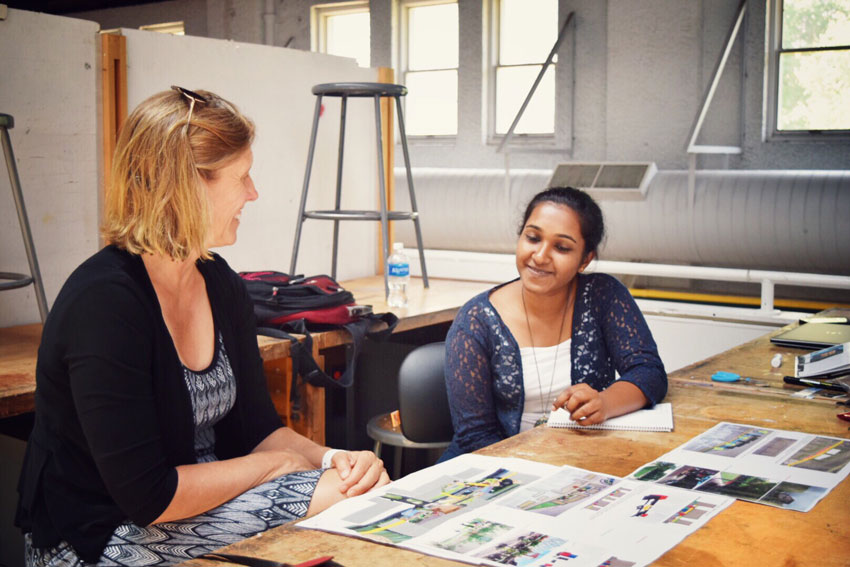I think a lot of us unknowingly limit the impact that our trainings could have.
It’s not our fault, it’s the culture we live in.
A culture that values expediency and immediate results.
Social change leaders know (at least in theory) that big results don’t happen overnight.
It takes a variety of tactics, ordered strategically, with adjustments along the way.
But when it comes to skill-building and leadership development, we consistently use one tactic and expect that to be enough.
The truth about effective training is this: one training is not enough to change how we live and work together.
After all, would you expect to change public policy after organizing a single march?
Probably not!
Or how about go on a short run and expect to be prepared for a marathon?
(I did something similar on cross-country skis. It was…unpleasant.)
It’s called “training” for a reason and yet too often we do it once and are surprised when nothing changes.

I really do mean, “we.”
Until recently, the majority of my career involved doing one-off trainings because that just seems to be the way things are done.
The barriers to engaging in effective leadership development are real and pervasive.
There are plenty of funders and leaders and bureaucrats who are more interested in maintaining the status quo than building real people power.
But as a social change trainer, you constantly remind people of their agency to create change–does the same not apply to you?
I have also had many amazing opportunities to build partnerships and develop training programs to work towards shared goals.
How did I get to that point?
That’s what I’ve hoped to share on our blog and in this newsletter.
Let’s recap some of the topics we’ve covered so that you have more tactics to build an effective training program (not just a one-off) that drives real change.
If you are just starting out and don’t know who to work with, read this:
How to Get More Training Opportunities
Use this to prepare for your conversation with decision-makers or learners:
Use These 5 Questions to Get Buy-in For Your Next Training
If they agree to receive a proposal, here is a guide to writing one:
What to Include In Your Social Change Training Proposal
Make sure your approach includes these sections:
4 Phases of a Successful Training Program
And consider using other tools, besides training, to accomplish your desired results:
4 Tools Social Change Trainers Can Use To Enhance Learning and Results

To me, these are all tactics that trainers and social change leaders can use to transform the way we act together within our organizations and movement.
I’m sharing them with you because I believe in your ability to lead this change.
If you have more topics that you want us to cover or resources that would be helpful to lead more effective trainings–
Please don’t forget to fill out this short survey!
And in the meantime…
Happy training,
Riahl





